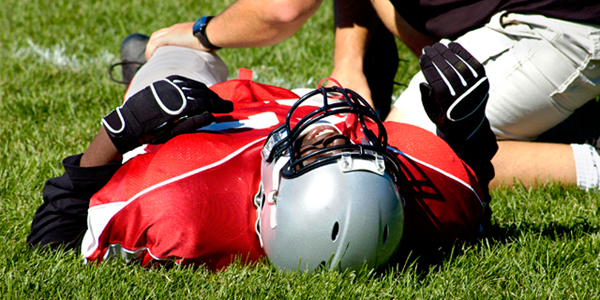
As humans who walk upright on two legs we sometimes have a tendency to fall down. When we fall we often place our arm in front of us to catch our fall. This falling on the outstretched arm is just one way we can injure the elbow, wrist, and hand. Elbow, wrist, and hand injuries range from overuse injuries associated with repetitive activities to acute trauma like fractures and dislocations. We rely on our elbow, wrist and hand for many functional activities and the presence of our opposable thumb separates us from many other species (the highly developed central nervous system also helps!). We will learn about a variety of injuries, conditions, and special considerations for the upper extremity during the first half of Unit III.
Required Reading:
Chapter 7 in the AT Primer textbook. Read intro paragraphs, elbow wrist and hand anatomy pages 130 -133 and Injuries to the elbow, wrist and hand pages 138 - 146. Pay close attention to the shaded boxes and injury highlights throughout the chapter!
Narrated Presentation on the Elbow, Wrist, and Hand
Web Activities:
Keep in mind these resources have all upper extremity information associated.
Check out the CT Anatomy section of the textbook website to learn the bones of the elbow wrist and hand.

Upon completion of this module the learner will be able to:
Understand basic anatomy of the elbow, wrist, and hand as it relates to injury
Recognize common injuries and conditions of the elbow, wrist, and hand.
Recognize common mechanisms of injury
Appreciate the role of the athletic trainer in assessment and referral
Understand unique injuries common to patients who participate in overhead activities as well as injuries unique to the use of the hand and wrist.

Assignment:
Students will be asked to select 8 injuries from the list provided and provide a definition or description, common mechanism of injury, anatomical structures involved, and one distinguishing feature (eg chronic, acute, difficult to heal, more common in adolescents, etc). This homework is due to the drop box on 12/6/16 Hint - This may require some extra reading or research.

© 2013 Board of Regents of the University of Wisconsin System •
Please YOUR INSTUCTOR with questions, ALl rights reserved.